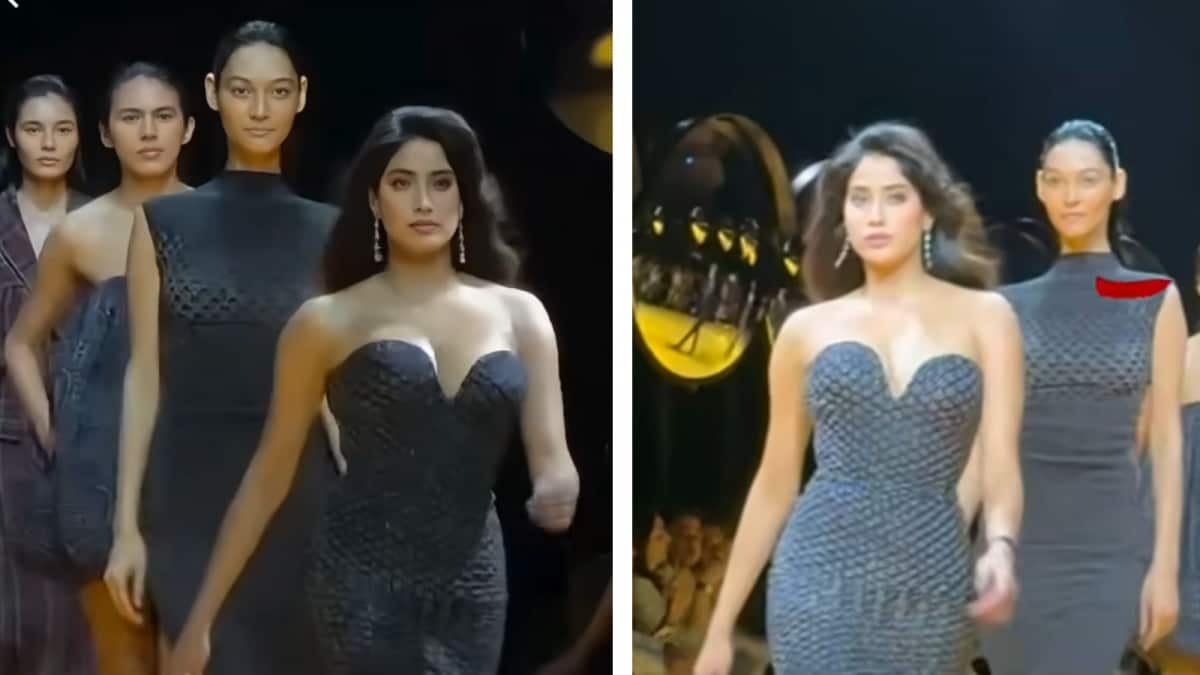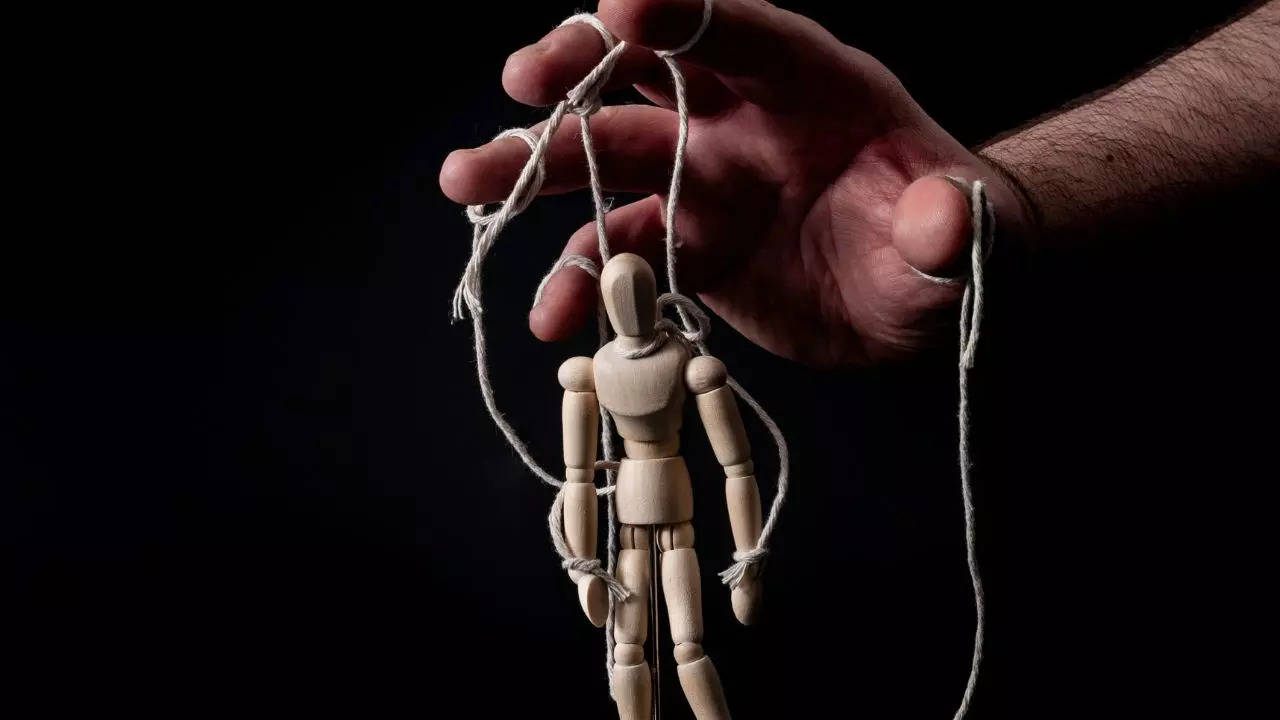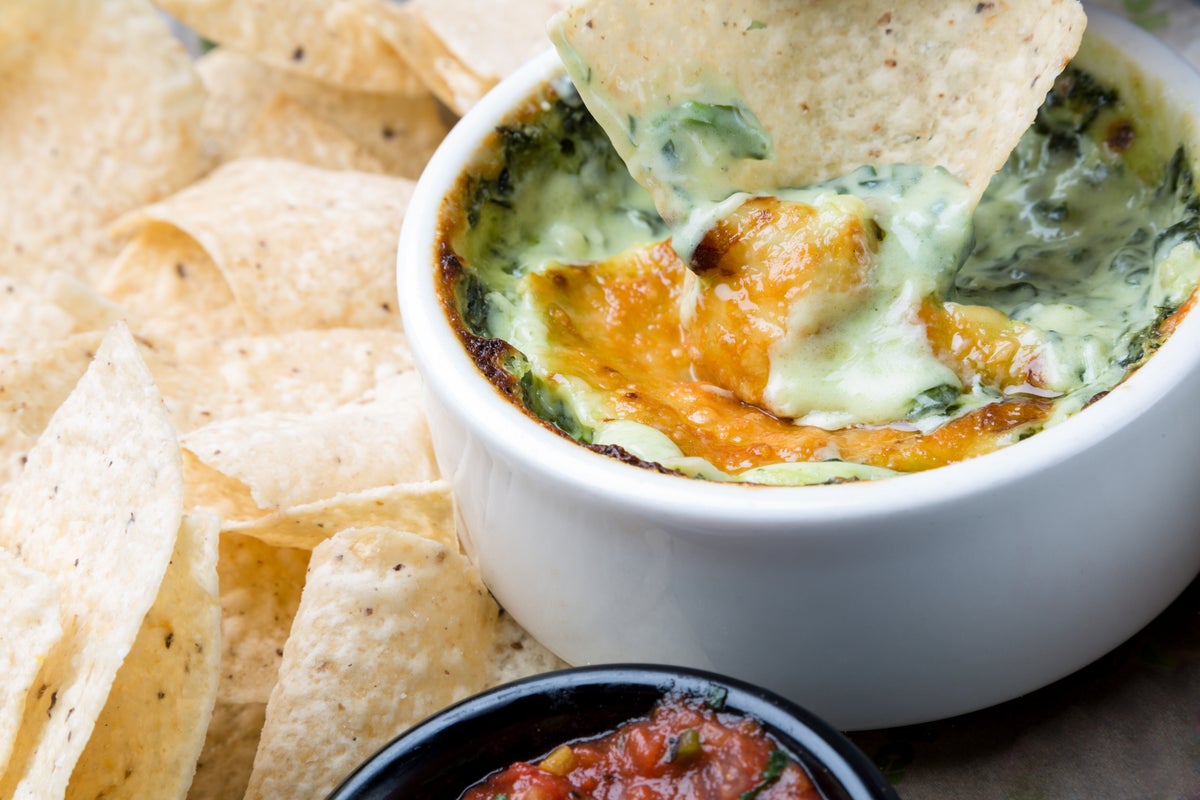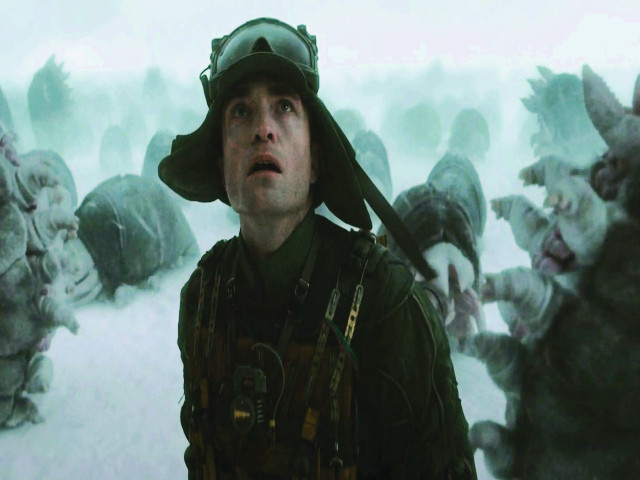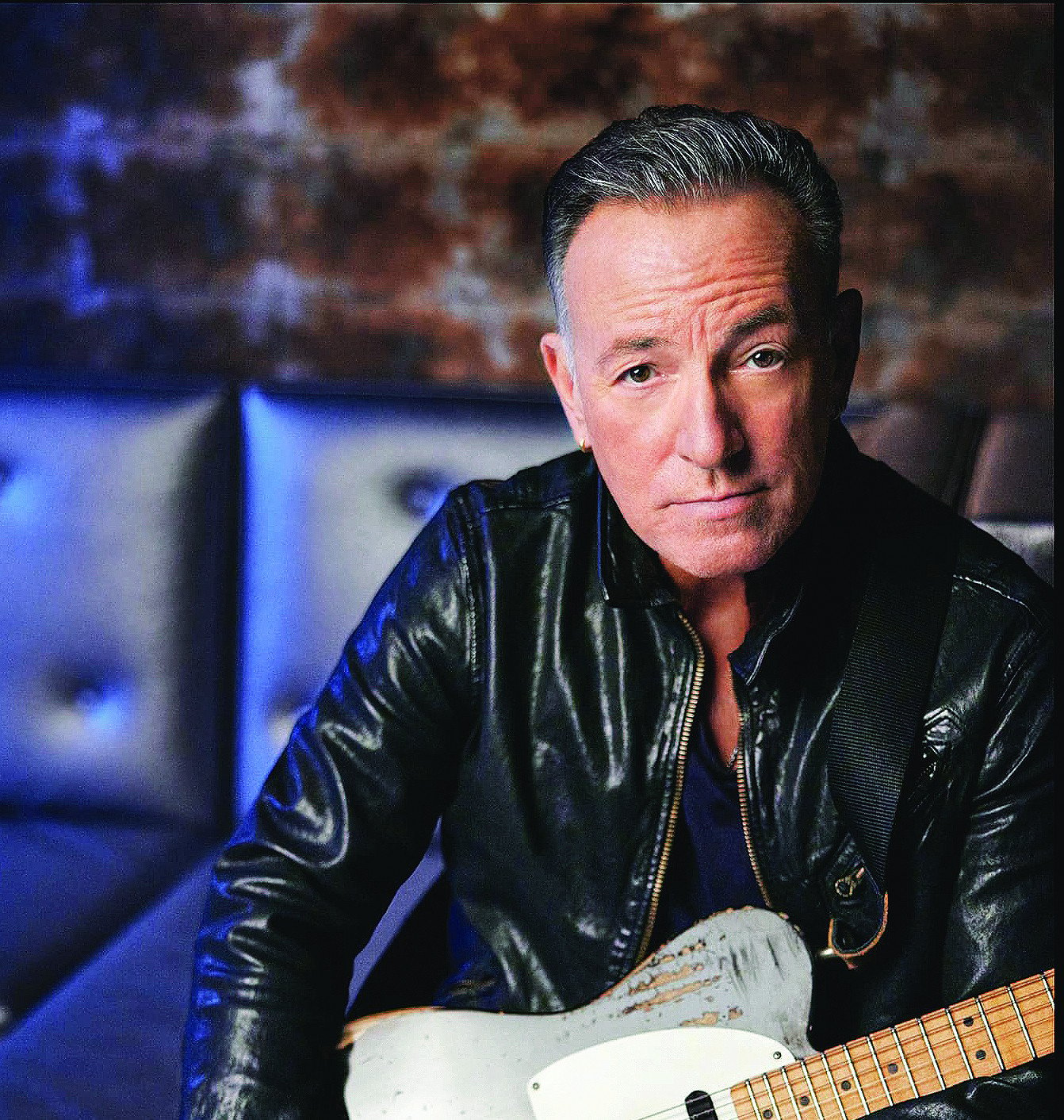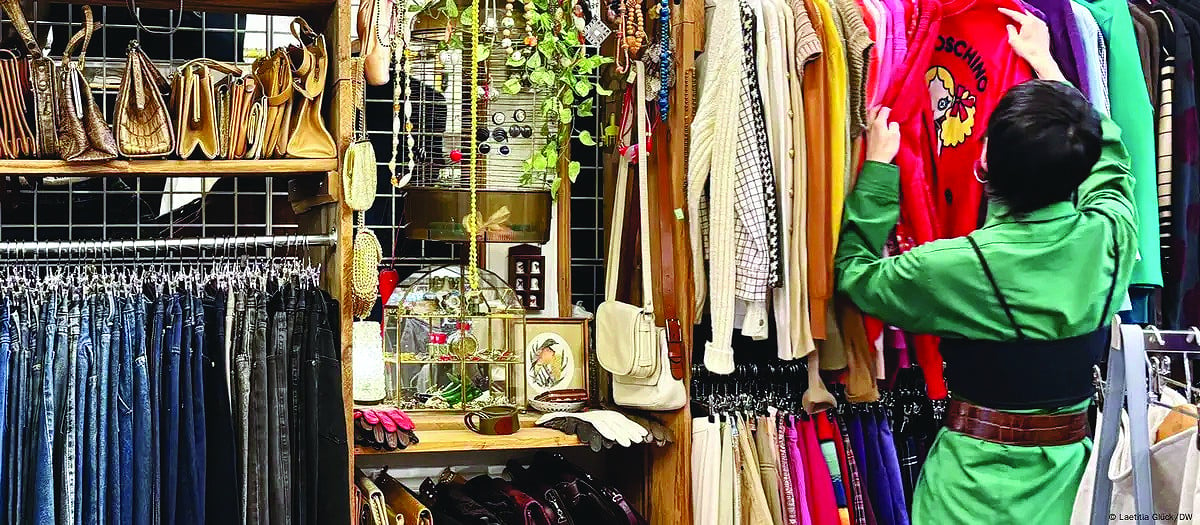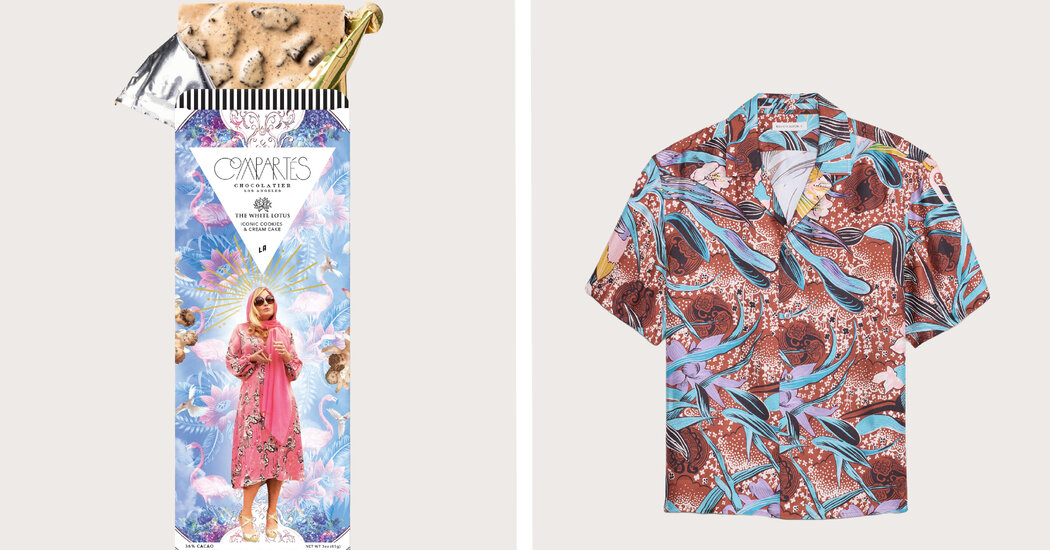
‘The White Lotus’ Luxury: How Branded Collaborations Are Capitalizing on Privilege
Ahead of the much-anticipated Season 3 finale of “The White Lotus,” HBO’s dark comedy-drama that skewers self-absorbed luxury travelers, some fans will be able to immerse themselves in a version of the show’s opulent settings.
The Four Seasons Hotel Westlake Village, in the foothills of California’s Santa Monica Mountains, is offering an “exclusive luxury wellness retreat,” set to begin hours ahead of the finale’s airing on Sunday. The experience is intended to “capture the essence” of this season’s Thailand location.
“We’re inviting fans to go beyond watching ‘The White Lotus’ and truly experience it,” Pia Barlow, HBO and Max’s executive vice president of originals marketing, said in a news release about the campaign.
The retreat is only one of many “White Lotus” experiences and products pegged to the current season. The premium luggage company Away sold out its “White Lotus” capsule collection, complete with lotus flower-printed interior lining. Clothing retailers including H&M, Abercrombie & Fitch, Bloomingdale’s and Banana Republic have all offered show-inspired resort apparel. (Patrick Schwarzenegger, a star of the season, modeled for Banana Republic.) There is “White Lotus” wallpaper, sunscreen and a travel skin-care set in a branded beach tote. Sunglasses, candles, chocolates and even a Thai coffee-flavored creamer can be purchased by viewers looking to live like the show’s wealthy protagonists.
But truly experiencing “The White Lotus” is an inherently dicey proposition. The primary motif of the series — created, written and directed by Mike White — has always been to satirize the wealthy who, even while enveloped by the world’s most tranquil and extraordinary surroundings, can’t help but indulge their egos or keep up with their ever-growing list of grievances. They can’t relax either.
“I just was like, I should just do a show about people on vacation who have money, and how money is impacting all of their relationships,” White told The New York Times in 2021, ahead of the Season 1 premiere.
Viewers are waiting to see what bombshells drop in the finale; prior seasons have included a murder among the rich hotel guests, who are pilloried for their privilege and lack of self-awareness. Their turmoil is interwoven with the working-class concerns of the hotel staff.
The plot of Season 3, which was largely filmed in at a Four Seasons in Thailand, has already included an incestuous sexual encounter between brothers; suicidal and homicidal ideation by a father who unravels as his shady business dealings are threatened with exposure; and ample drug and alcohol use.
Despite its themes, brands have not been squeamish about tying their names to “The White Lotus.” Barlow told The New York Times this week via email that these “very intentional” partnerships “were not designed to speak to the extraordinary storytelling within the series, but to feed the curiosity many fans have” around the fictional hotel chain.
Unlike memorable product placement of the past (like the Eggo waffles in “Stranger Things” or Cinnabon in “Better Call Saul”), these licensed products did not appear onscreen, but were designed for the real world — for fans to bring into their living rooms, closets and daily life. Neither White nor the show’s production team were involved in the branding campaigns.
There was a time when a sudden flurry of licensing deals could be interpreted as a last gasp attempt at cultural relevance, but that’s not the case with “The White Lotus,” which is one of HBO’s biggest hits, reaching around 15 million viewers per episode, with some setting viewership highs.
In fact, online fascination with the show helped spur HBO to ramp up the effort from previous seasons, which had minimal partnerships. On TikTok alone, recent posts dedicated to “White Lotus” style have been viewed millions of time.
“We have seen fans become enamored with the world through social posts, their theories,” Barlow said, adding that fans have been seeking out opportunities to step into the “White Lotus” world.
There is plenty of proof that viewers are willing to buy into the fantasy that the show sells. The previous two seasons, set in Hawaii and Italy and filmed at Four Seasons locations, turned both locales into “it” destinations. Online interest in the Maui property jumped by 425 percent after Season 1 aired, according to the company.
When it was announced in February 2024 that Season 3 would be set in Thailand, searches for the Southeast Asian country jumped 50 percent on Expedia, the online travel agency.
Living a TV show, so to speak, has become a growing business in recent years, as more networks and streamers offer immersive, interactive experiences for fans often referred to as brand activations or brand experiences.
Fans of “Friends” can hang out in Monica and Rachel’s apartment. Devotees of Hulu’s comedy-mystery “Only Murders in the Building” could wander throughout the Manhattan theater where Season 3 was filmed ahead of the finale and examine clues to try to solve the season’s whodunit. In a long-running event in New York City, fans of Netflix’s dystopian blood bath “Squid Game” participate in versions of the series’s twisted playground games — and come out alive. (Korean snacks, cocktails and shopping follow.)
Other HBO shows like “Game of Thrones” and “The Last of Us” have received similar treatment. “These campaigns are all aimed at bringing our original series to life,” Barlow said, “creating signature experiences that fans can touch and feel.”
Or as White said in 2021 about what inspired him to create “The White Lotus” to begin with: “There’s something about vacationing in other people’s realities.”



